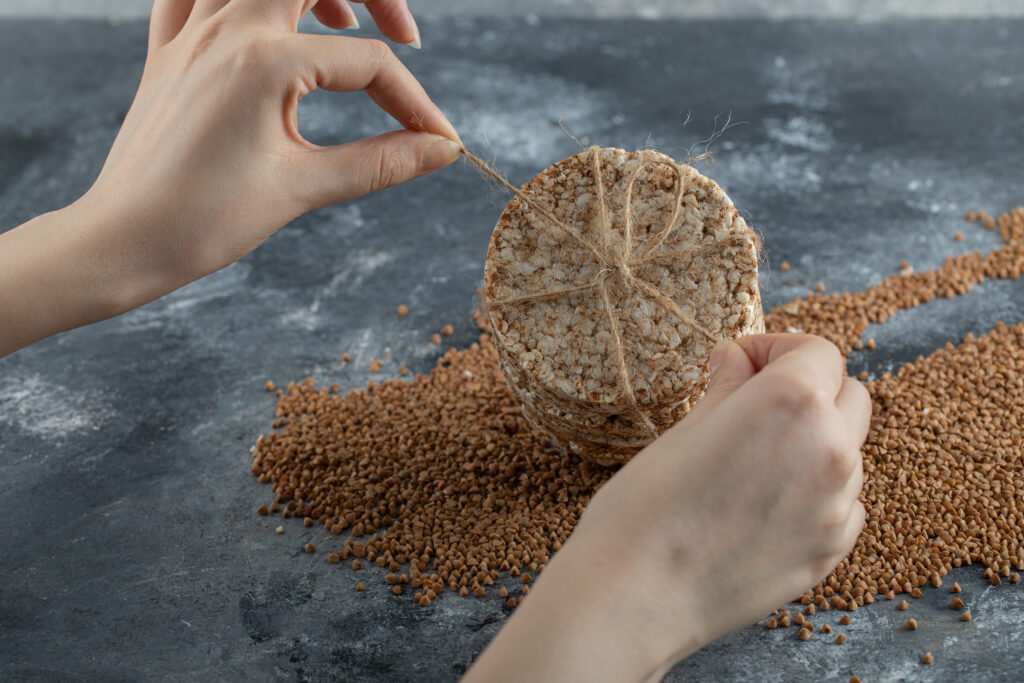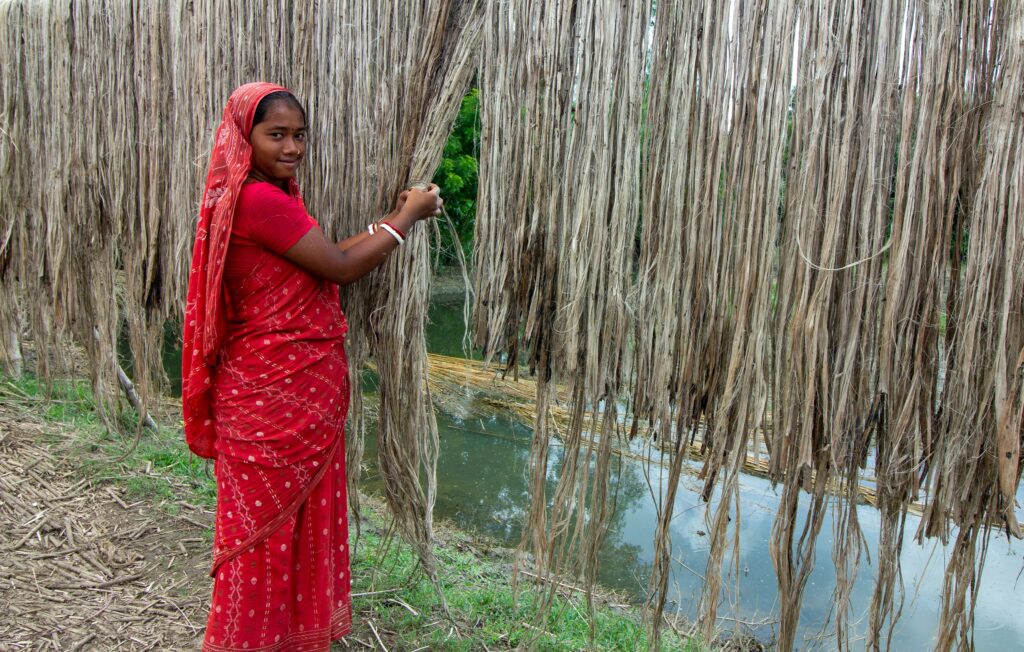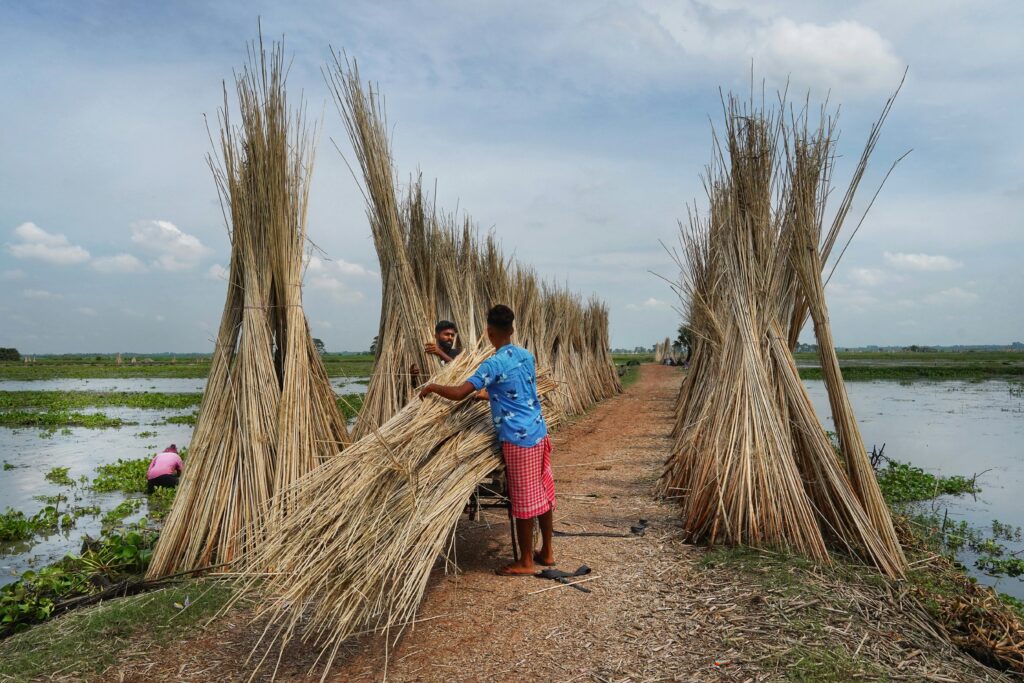The Growing Importance of the Jute Industry in Today's World
The jute industry is often referred to as the lifeline of eco-friendly materials. With rising concerns over environmental sustainability, this age-old industry is making a remarkable comeback. In this blog post, we’ll explore the history, significance, and future prospects of the jute industry, along with its role in promoting sustainable development.

What is Jute and Why is it Important?
Jute is a natural fiber derived from the bark of the white jute plant (Corchorus capsularis) and tossa jute (Corchorus olitorius). Often termed the golden fiber jute is biodegradable, renewable, and highly durable. Its significance lies in its versatility, as it is used to manufacture a variety of products, including:
Gunny bags
Rugs
Carpets
Eco-friendly shopping bags
The importance of the jute industry has grown exponentially due to its potential to replace synthetic materials that harm the environment.


A Brief History of the Jute Industry
The jute industry has its roots in the Indian subcontinent, particularly in regions like Bengal. The fiber gained prominence during British colonial rule when jute mills were established in Kolkata. By the early 20th century, the industry boomed, making India and Bangladesh the largest producers of jute globally.
However, the industry faced challenges in the mid-20th century due to the rise of synthetic alternatives. Today, with the world shifting toward sustainable practices, the jute industry is witnessing a resurgence.
The Role of the Jute Industry in Sustainability
The jute industry plays a critical role in promoting sustainability. Here’s how:
Eco-Friendly Material: Jute is 100% biodegradable and compostable, making it a perfect alternative to plastic.
Low Carbon Footprint: The cultivation and processing of jute generate minimal greenhouse gas emissions.
Soil Health Improvement: Jute cultivation improves soil fertility by reducing soil erosion.
In an era where governments and organizations are emphasizing the reduction of plastic waste, the jute industry stands as a beacon of hope.



Major Producers of Jute
The primary producers of jute are India and Bangladesh, accounting for more than 90% of global production.
India: As the largest producer, India focuses on domestic consumption and exports products like bags, ropes, and textiles.
Bangladesh: Known for high-quality jute, Bangladesh has a thriving export market, particularly in Europe and North America.
Challenges Facing the Jute Industry
Despite its many advantages, the jute industry is not without challenges:
Competition from Synthetic Fibers: Cheaper and more readily available synthetic materials dominate the market.
Lack of Technological Advancements: Outdated manufacturing processes hinder efficiency and quality.
Inconsistent Demand: Fluctuations in global demand affect the industry’s stability.
Future Prospects of the Jute Industry
The future of the jute industry looks promising, thanks to the global push for sustainability. Key areas of growth include:
Innovative Products: Development of high-value products like jute-based composites and geo-textiles.
Government Support: Policies like bans on plastic and incentives for eco-friendly materials.
Export Opportunities: Increasing demand for biodegradable packaging in global markets.
Conclusion
The jute industry is not just a symbol of sustainability but also a solution to many modern environmental challenges. With its ability to produce eco-friendly, cost-effective, and versatile products, the jute industry is poised to grow further in the coming decades. By addressing its challenges and embracing innovation, this golden fiber can lead the world toward a greener and cleaner future.
